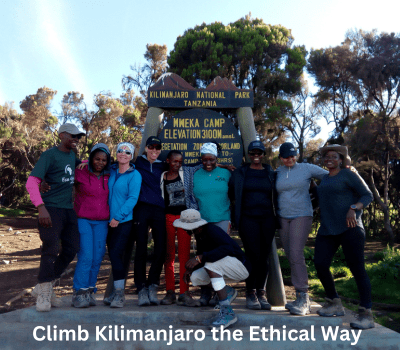Are there any Pre-Existing Conditions that Increase the Risk of Altitude Sickness During Kilimanjaro Climb?
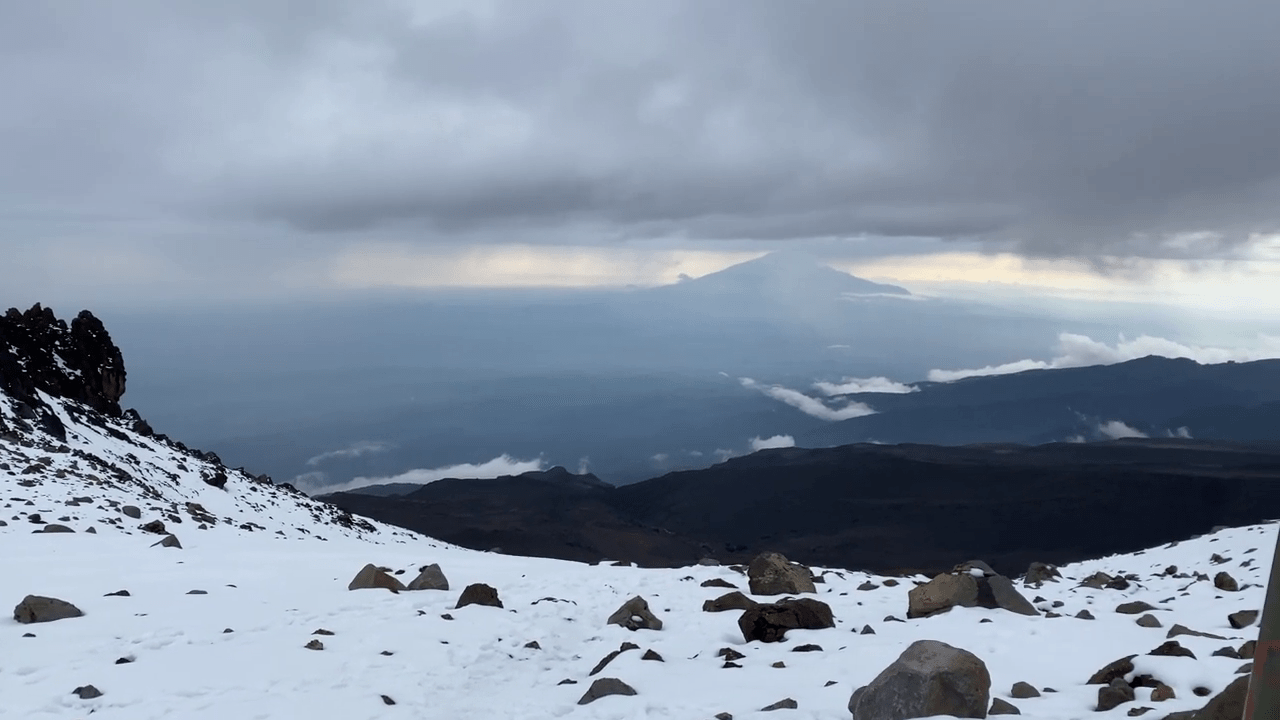
Introduction: Understanding Who’s More Vulnerable to Altitude Sickness
Altitude sickness doesn’t discriminate. It can affect young or old, fit or unfit, first-time hikers or experienced mountaineers. But there’s a specific group of people who face a higher risk: those with certain pre-existing health conditions. If you’re planning to climb Mount Kilimanjaro and have any medical history — even if it seems minor — this article is for you.
Mount Kilimanjaro stands at 5,895 meters (19,341 feet), and altitude sickness — also called Acute Mountain Sickness (AMS) — becomes a serious concern as you ascend. Your ability to adapt to altitude is personal and partly genetic, but underlying medical issues can make it harder to acclimatize and increase your risk of complications.
In this comprehensive guide, we’ll break down:
- What altitude sickness is and how it affects the body
- Which health conditions increase your risk
- How to climb safely if you have these conditions
- Why climbing with a certified, medically-prepared operator like Eco-Africa Climbing is essential
Altitude doesn’t care about your passport, your gym routine, or your hiking experience. But you can manage the risks smartly — and that’s exactly what this article will help you do.
What Is Altitude Sickness?
Altitude sickness happens when your body doesn’t get enough time to adapt to lower oxygen levels at high altitudes. On Kilimanjaro, this becomes a concern above 2,500 meters. Symptoms range from mild to severe and can occur suddenly, even if you felt fine the day before.
Types of altitude sickness:
- AMS (Acute Mountain Sickness): Headache, nausea, fatigue, dizziness
- HAPE (High Altitude Pulmonary Edema): Fluid in lungs, breathlessness, coughing
- HACE (High Altitude Cerebral Edema): Brain swelling, confusion, loss of coordination
Learn more about symptoms and early detection here:
Altitude Sickness on Kilimanjaro
How Altitude Affects the Body
At sea level, oxygen makes up 21% of the air. But at the summit of Kilimanjaro, there’s about half the oxygen. This drop forces your body to work harder, especially your heart and lungs. If you already have issues with these organs — or conditions that affect oxygen transport — you’re more vulnerable to complications.
That’s why it’s not enough to just “train hard.” You need to understand how your medical profile fits into your altitude risk. The good news? With the right precautions, people with pre-existing conditions do reach the summit — safely and successfully.
Let’s take a closer look at the conditions that need special attention before you climb.
Pre-Existing Conditions That Increase Altitude Sickness Risk
While everyone is potentially susceptible to altitude sickness, climbers with the following health conditions should be especially cautious. These conditions affect your lungs, heart, blood flow, or nervous system — all of which play a crucial role in how your body copes with low oxygen.
1. Respiratory Conditions
- Asthma: Mild asthma is generally manageable at altitude with medication. However, cold air and exertion can trigger attacks. Bring rescue inhalers and inform your guide.
- Chronic Obstructive Pulmonary Disease (COPD): This is a red flag. Altitude can significantly worsen breathing. Consult a doctor and consider low-altitude treks instead.
2. Cardiovascular Disease
- High blood pressure: Not an automatic no, but must be well-managed. Medication may need adjusting for altitude.
- Heart disease or arrhythmias: Climbing at high altitude places stress on the heart. Get a full check-up and clearance from a cardiologist before booking.
3. Blood Disorders
- Anemia: Reduces your body’s ability to carry oxygen. Even mild anemia increases the risk of AMS. Get a blood test and treat deficiencies in advance.
- Sickle cell disease: Generally not advised. Hypoxia at altitude can trigger crises.
4. Neurological Conditions
- Seizure disorders: Altitude, fatigue, and disrupted sleep can lower the seizure threshold. Talk to your neurologist and ensure medication is stable.
- Migraines: Headaches are a primary AMS symptom. If you’re prone to migraines, it can be hard to tell the difference at altitude.
5. Mental Health Conditions
- Anxiety or panic disorders: The stress of high altitude, isolation, and fatigue can trigger attacks. Breathing changes at altitude may mimic panic symptoms.
- Depression: Physical strain and disrupted sleep may intensify mood changes. Stay in close contact with your guide and team.
Traveling with a condition not listed here? Consult your doctor and check with Eco-Africa Climbing before booking.
What to Do Before You Climb If You Have a Medical Condition
If you’ve been diagnosed with any of the above conditions, it doesn’t mean you can’t climb. It means you need to be proactive. Here’s how to prepare:
1. Get a Full Medical Checkup
Visit your doctor 2–3 months before your climb. Discuss your condition and get clearance. If necessary, visit a travel doctor with experience in altitude.
2. Get Medical Clearance in Writing
Your operator may require a medical release. Eco-Africa Climbing prioritizes health and will not take chances with your safety.
3. Adjust Your Medications
Some medications may need to be adjusted due to altitude or side effects. Bring extra medication and keep it in your daypack — not in luggage carried by porters.
4. Prepare a Health Disclosure for Your Guides
Your guide needs to know your risks. You can disclose privately and confidentially. This allows the team to prepare emergency responses if needed.
Learn more about safety and medical planning here:
Pre-Climb Medical Checkup Guide
Treating AMS at Altitude When You Have a Pre-Existing Condition
If you begin to experience symptoms of AMS on Kilimanjaro, especially with a pre-existing condition, early action is critical. Your guide will assess you using a pulse oximeter, observe your behavior, and may administer Diamox or oxygen if needed.
Common interventions:
- Diamox: Helps stimulate breathing and reduce mild to moderate AMS
- Oxygen support: Delivered via emergency tank if levels drop below 75%
- Descent: Always the first-line treatment for serious symptoms or worsening conditions
At Eco-Africa Climbing, trained guides provide:
- Twice-daily medical checks
- Oxygen tanks on every climb
- Helicopter rescue coordination
They also follow a strict evacuation protocol in case of emergencies — especially crucial if you have a medical history.
Real Stories: How Trekkers with Health Conditions Managed Altitude
Isaac from USA — Hypertension
“I climb regularly but take blood pressure meds. Eco-Africa’s guides monitored me closely with a pulse oximeter. I felt lightheaded once, rested an extra hour, and was fine. Their support was professional, and I made it to Uhuru Peak.”
Maya from the USA — Controlled Asthma
“I disclosed my asthma to Eco-Africa before booking. The guide makesure know where my inhalers is during the climb and checked in with me daily. The cool air didn’t affect me thanks to slow pacing and smart layering. Highly recommend their team if you have health concerns.”
Training and Conditioning Still Matter
Even if you have a health condition, being physically prepared improves your odds of a safe and successful climb. Stronger lungs and legs help you adapt better to low oxygen conditions.
Follow Eco-Africa’s proven 12-week plan:
Kilimanjaro Training Program
Gear Tips for At-Risk Climbers
Proper gear reduces your risk of complications. If you have a respiratory or cardiovascular condition, layering and warmth are critical. Cold weather can constrict airways and stress the heart.
- Base layers and breathable shells
- 4-season sleeping bag rated to -10°C or colder
- Lightweight trekking poles for stability
- Personal meds kept in your daypack
Need to rent gear locally in Moshi? Check:
Gear Rental Options in Moshi
Conclusion: Climb Smart, Not Scared — Even with Pre-Existing Conditions
Climbing Kilimanjaro with a pre-existing condition is absolutely possible — but it demands smart preparation, honest communication, and choosing the right team. Your condition doesn’t have to stop your dream, but ignoring it might.
That’s why Eco-Africa Climbing is trusted by trekkers with all types of medical histories. Their medically trained guides, daily health checks, emergency equipment, and KPAP-certified ethics create a climbing experience that’s as safe as it is memorable.
Whether you live with asthma, high blood pressure, or another concern, don’t go it alone — go with professionals who’ve helped hundreds like you reach the Roof of Africa safely.
Helpful Resources for Health-Conscious Climbers
- Pre-Climb Medical Checkup Guide
- Altitude Sickness Explained
- Using Diamox for AMS
- Kilimanjaro Safety Procedures
- Ask Eco-Africa Climbing Your Health Questions
FAQs: Health Risks & Altitude Sickness
Can people with high blood pressure climb Kilimanjaro?
Yes, if the condition is well-managed and cleared by a doctor. Medication may need to be adjusted for altitude.
Is asthma a problem on the mountain?
Controlled asthma is manageable with the right precautions, layering, and inhalers.
Should I tell my guide about my condition?
Absolutely. Confidential disclosure helps them support you better and react faster if needed.
Can I bring oxygen myself?
You don’t need to. Eco-Africa provides oxygen on all climbs at no extra charge.
Is helicopter rescue available if I get worse?
Yes. Eco-Africa Climbing partners with Kilimanjaro Search & Rescue (KSAR).
Book Your Safe, Supported Kilimanjaro Adventure
Ready to climb Kilimanjaro — even with a health condition? Let Eco-Africa Climbing show you how it’s done with safety, integrity, and professionalism at the highest level.
Contact Eco-Africa Climbing now to speak with a medical-aware expert guide and start planning your trek.
Share:
Related Posts
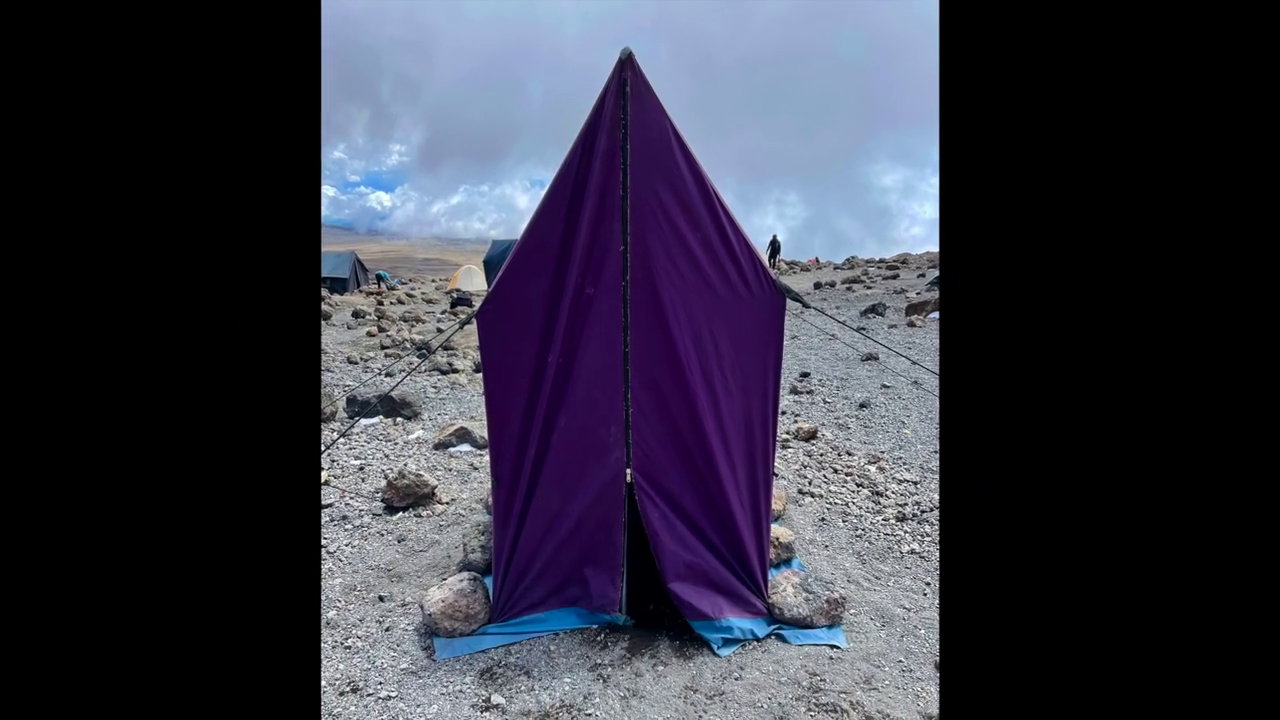
bathroom on mountain kilimanjaro
Bathroom on Mountain Kilimanjaro: What to Expect and How to Prepare Introduction One of the most common — and least discussed — questions from people
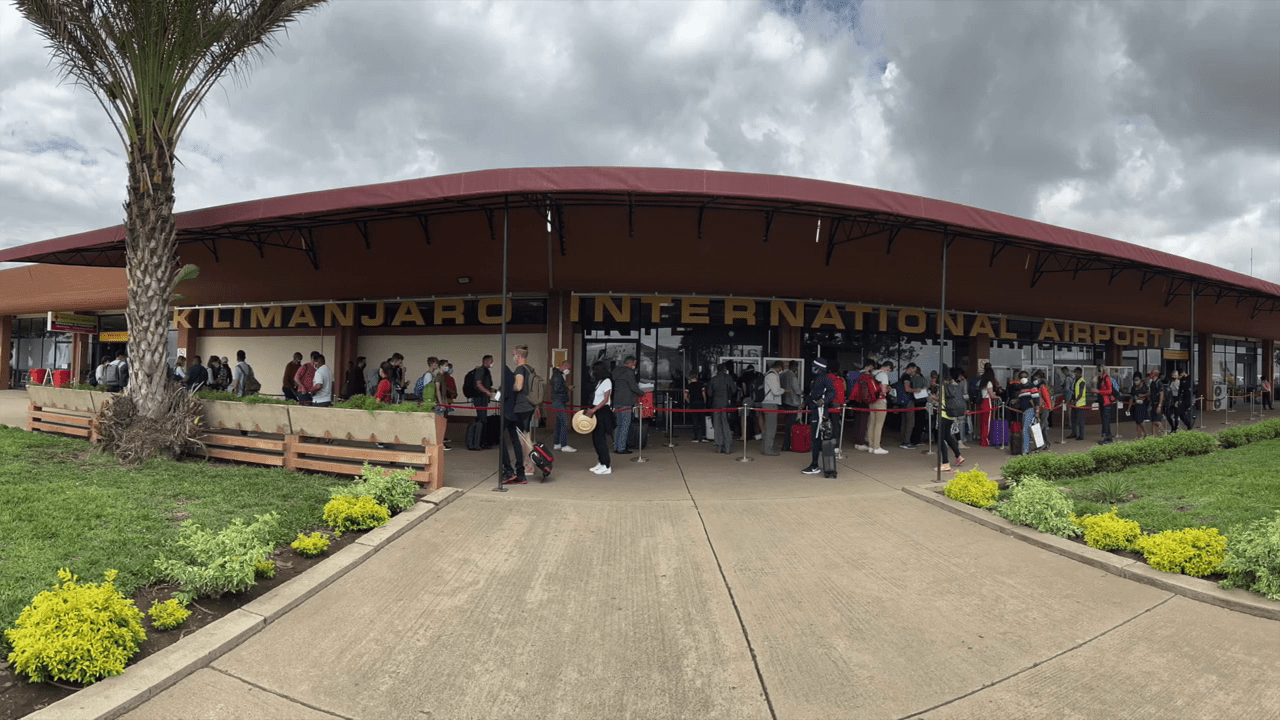
Are Guides Readily Available in Tanzania Without Prior Booking?
Are Guides Readily Available in Tanzania Without Prior Booking? Introduction: Should You Risk Climbing Without Pre-Booking? Climbing Mount Kilimanjaro is a dream for many adventurers.
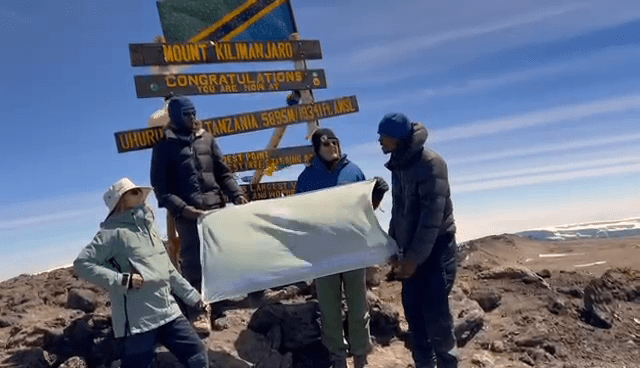
How Can I Find a Reliable Local Guide for My Kilimanjaro Expedition?
How Can I Find a Reliable Local Guide for My Kilimanjaro Expedition? Introduction: Why the Right Guide Is Key to Kilimanjaro Success Climbing Mount Kilimanjaro
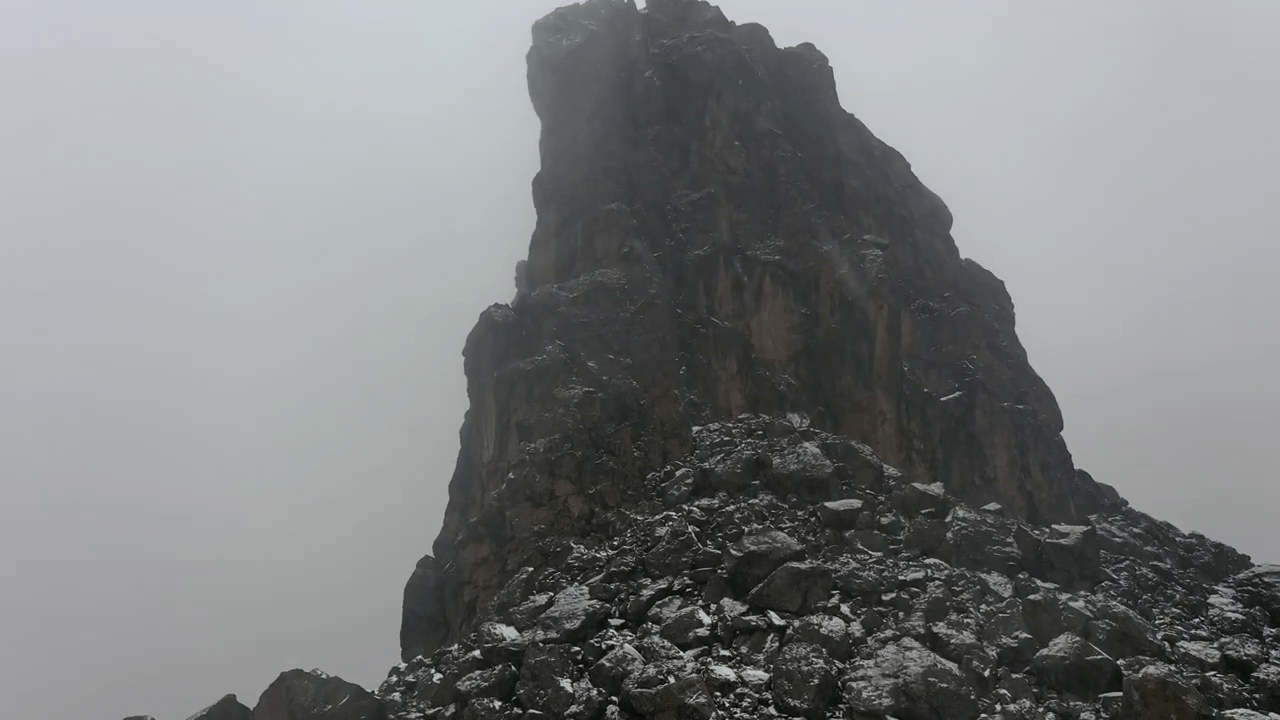
Is Climbing Kilimanjaro Dangerous for Individuals Without Mountaineering Experience?
Is Climbing Kilimanjaro Dangerous for Individuals Without Mountaineering Experience? Introduction: The Myth of Danger and Experience Many aspiring adventurers wonder if climbing Mount Kilimanjaro is
